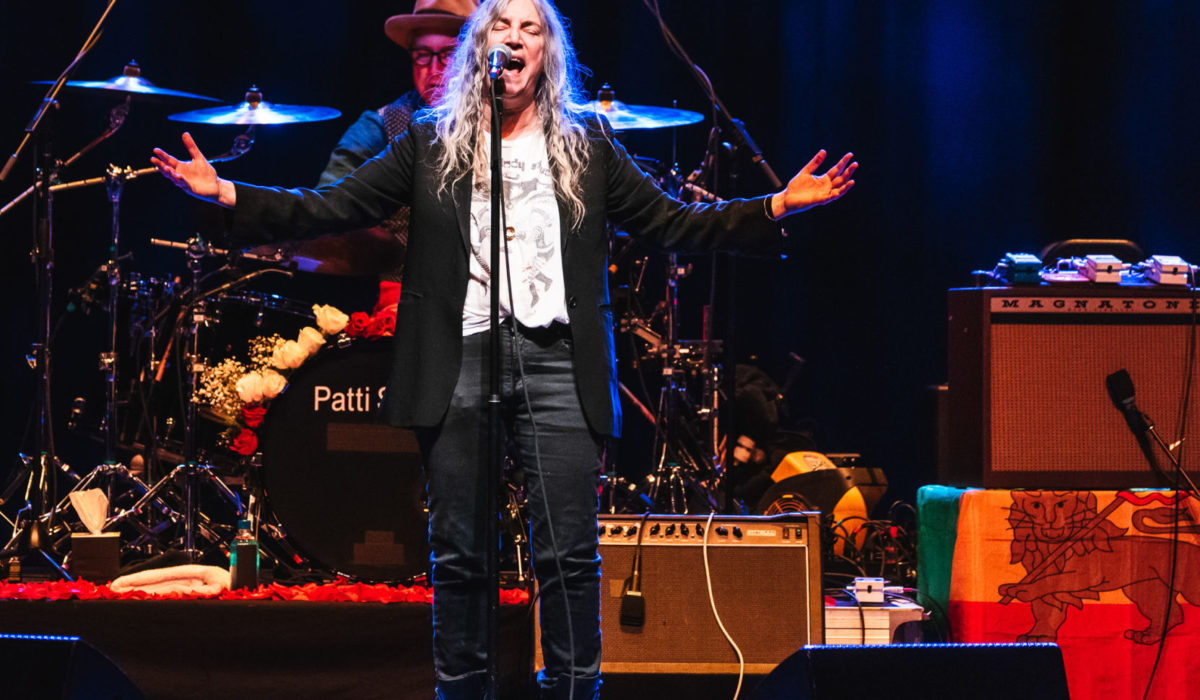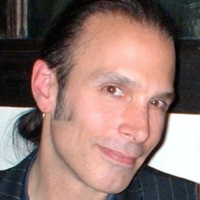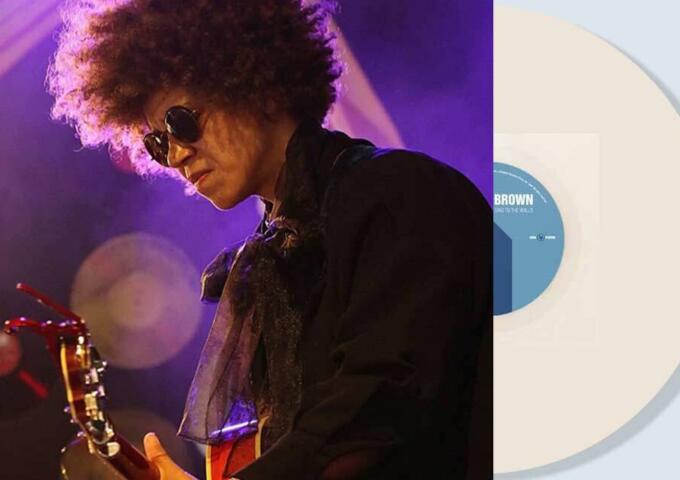One could argue that the last time punk poet Patti Smith played with any connection to her hero – fellow South Jersey native Walt Whitman – was during her 1997 reading-rocking event at Whitman’s Center for the Arts and Humanities in Camden.
So it was refreshing to find her recent show at The Met with her children and her longtime band thoroughly and electrically Whitman-esque: wise, humanist, humorous, sensual, transcendental and starkly real. It also kicked off the start of Whitman’s birthday month and played to the heart of Penn Library’s Whitman at 200 lists of programs.
Smith and her daughter Jesse Paris will participate in Whitman’s birthday event at City Hall (with cake) on May 31, as well as perform a May 30 tribute to Whitman at the Philadelphia Museum of Art.
Her Met show commenced with a bright, pretty “April Fool” and ending with a spare but no less rousingly anthemic “People Have the Power,” Smith and her band of old (Lenny Kaye, Jay Dee Daugherty) and new (son Jackson on guitar, daughter Jesse on piano) took on the aforementioned Whitman-esque ideals more loudly, clearly and warmly than ever.
“I got all my moves from being in grades 1, 2, and 3 in Philadelphia,” said the one-time local, referencing dance steps and street smarts to a yelling fan in the audience. “I remember every firefly and Philadelphia sky, so don’t give me any shit.”
Smith made Hendrix’s “Are You Experienced?” (with a coda from his “Third Stone From The Sun”), Dylan’s “A Hard Rain’s A-Gonna Fall” and Midnight Oil’s “Beds are Burning,” all her own, but Philly truly filled The Met to hear signature Smith originals. These included a lustrous “My Blakean Year” and its bittersweet poetry (“The pain of our existence was not as I envisioned”), a halting take on the sensualist “Dancing Barefoot” and its careening vibrant cousin “25th Floor” with its desire to dance, to fly and to wrap one’s legs around another in full, fleshy flower.
Walt Whitman would’ve been proud.
“Patti is a wonderful example of an interdisciplinary artist who acknowledges WW’s influence,” said Judith Tannenbaum, the artistic director for Whitman at 200. “We invited her to participate in Whitman at 200 based on her profound appreciation for Whitman’s work and its importance for her own poetry and writing.”
Placing Whitman’s work and legacy in the realm of the contemporary and the tech-laden future, Tannenbaum mentioned that as the initiator of free verse poetry that follows the natural rhythms of speech without restrictions of meter and rhyme, “Whitman’s influence on modern poetry cannot be underestimated— from the Beats to Patti Smith to contemporary rap and spoken word.”
And with that, Whitman at 200 encompasses numerous poetry and music events in May that showcase and engage writers, performance artists and composers throughout the region. Three art commissions (Spencer Finch, Bearded Ladies Cabaret, and Healy/Phillips) are also featured, focusing on the Delaware River’s waterfront, underscoring Whitman’s connection to both Philadelphia and Camden. The fourth commission by Homer Jackson is a series of walks reaching into diverse neighborhoods.
Jackson, the boss of the Philadelphia Jazz Project and a native of North Philly, created “Songs of the Open Road” as an audience participation event. “[It] involves walking and singing songs of affirmation through various communities in the city… [finding] solace, peace and joy in the co-mingling of our voices and footsteps,” Jackson said.
Inspired by Whitman’s hiking and “influenced by civil rights marchers and their powerful songs,” Jackson’s personalized, walking-talking-singing tour features stops with vocalist-choir master Waverly Alston, dynamic bandleader and fearlessly spiritual songwriter Taylor Martin and “compassionate” community-building singer/songwriter James Solomon.
“All three of these artists bring their experience with the church to the forefront of their work, yet are deeply engaged in creatively challenging the limitations that can often come from that relationship,” Jackson said.
Walking can be seen as freedom itself. “Freedom — to walk free and own no superior,” Whitman once said. From that quote, Jackson rhapsodized: “It’s as if he worked out a map of freedom in his mind and shared it is his work, which led me to the defiant, humble, yet majestic marches of the civil rights protesters. Their struts enacted and challenged exactly what Whitman spoke of. They took the words to the road, so to speak.”
People don’t often get the whole picture, but Jackson does. Giving people the whole picture is what Jackson and Patti Smith and a good portion of Whitman at 200’s participants are after, forming the connective tissue between contemporary artists like Smith and the historic beauty of Whitman’s life and words.
“Whitman is a strange presence in [the lives of Philadelphians],” Jackson said. “We know the name. For Christ’s sake, there is a bridge named after him. Yet he is not as visible as, say, Ben Franklin. Perhaps it’s because he was an artist that he functions as a kind of shadow figure. We know that he did something important, most of just don’t know what. How do we measure the value of an artist? Particularly, the value of an artist whose medium was words? The truth is that for us as artists, modern artists, Whitman is that dude behind the artist that influenced your teacher or your teacher’s teacher. The impact of his work is as fundamental to contemporary artists’ ways of expressing the world as a cloud in the sky.”
TWITTER: @ADAMOROSI


